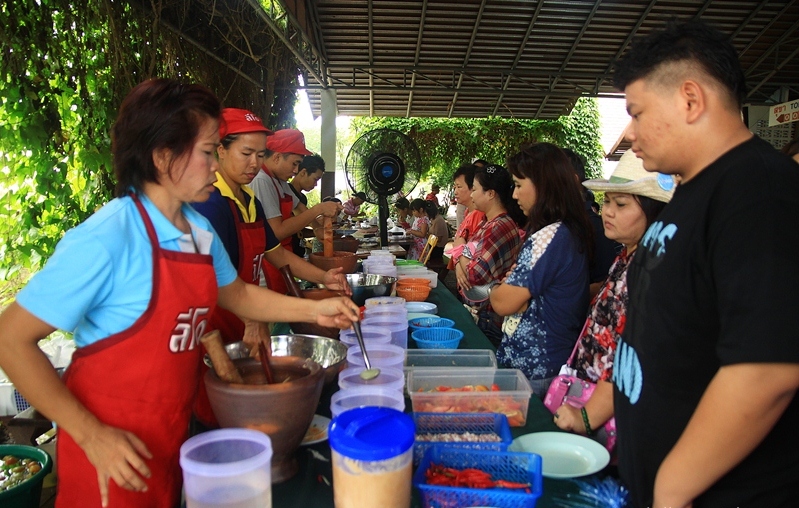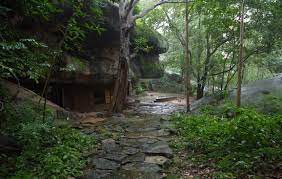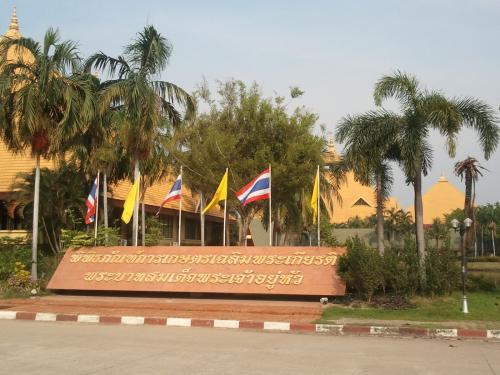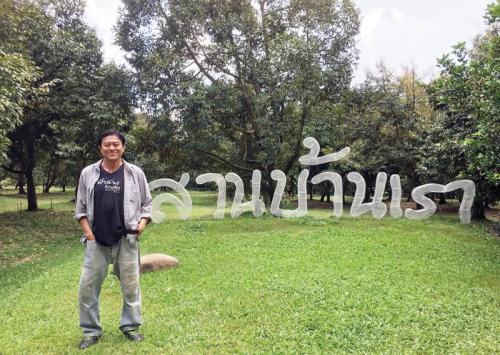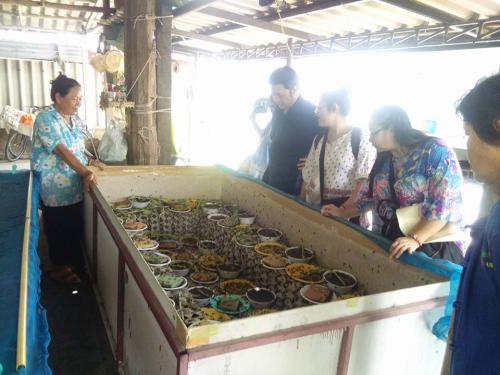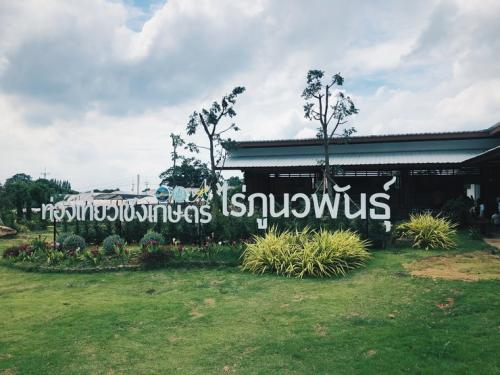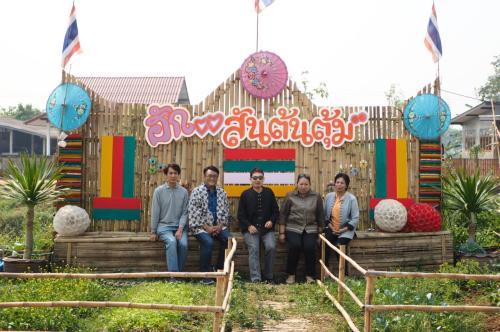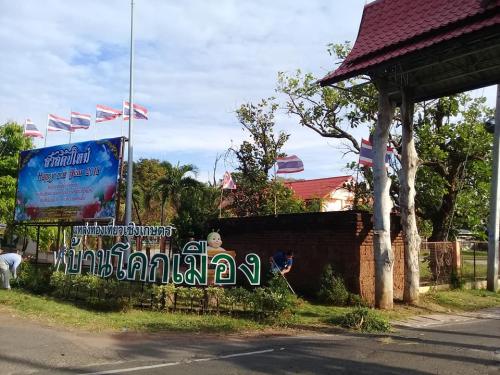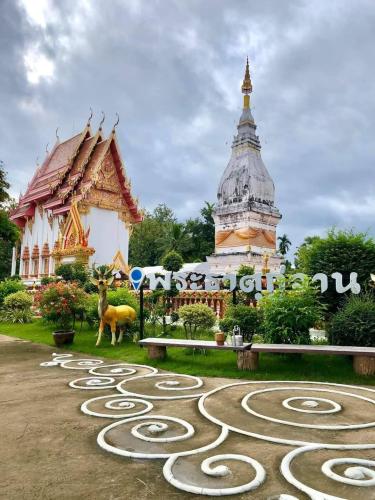Weather
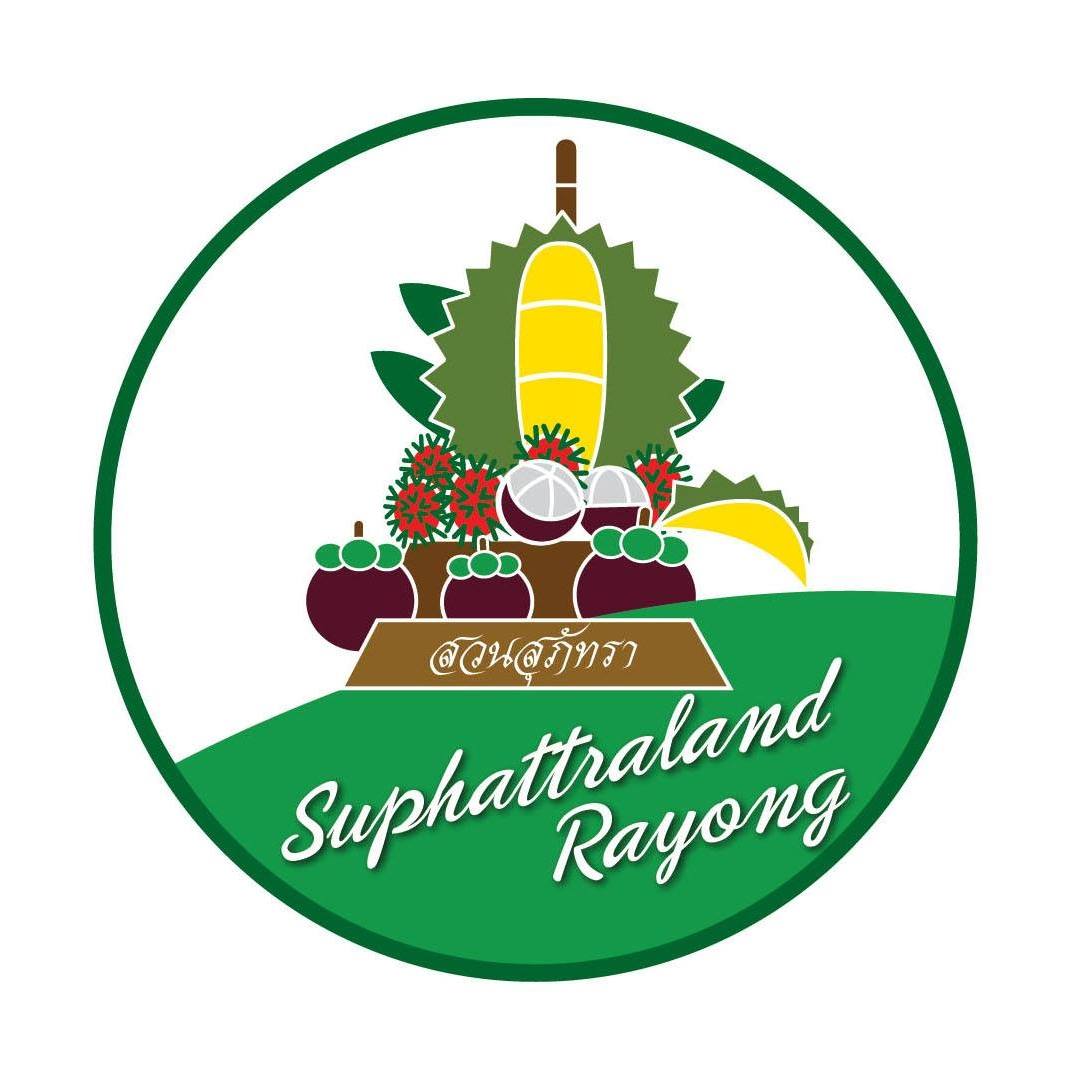

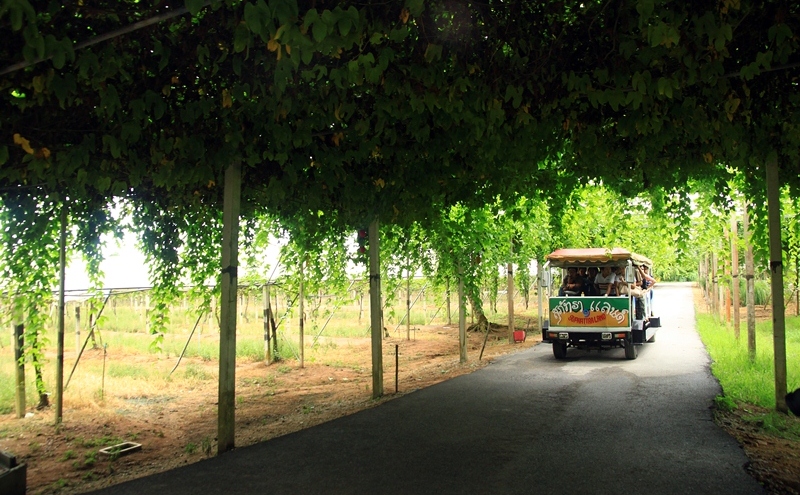
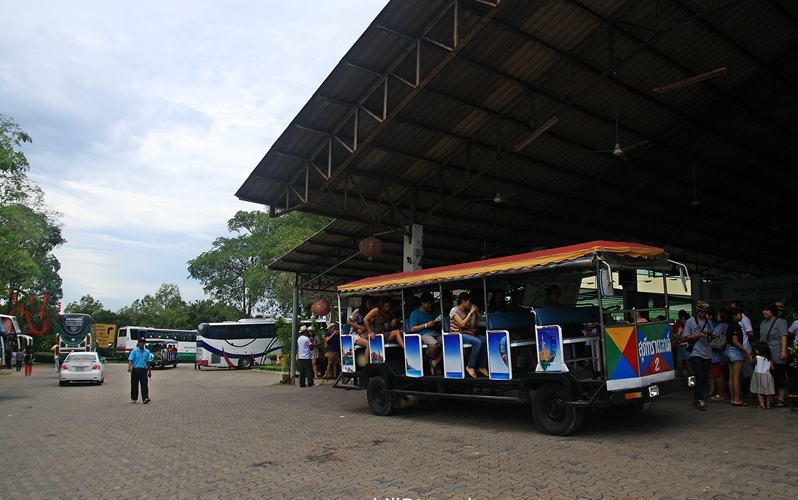
Closed
Business hours
• Sunday
: 09:00 - 16:00
• Monday
: 09:00 - 16:00
• Tuesday
: 09:00 - 16:00
• Wednesday
: 09:00 - 16:00
• Thursday
: 09:00 - 16:00
• Friday
: 09:00 - 16:00
• Saturday
: 09:00 - 16:00
Note
: -
Map
Review Score
0
Information
Supattra Land Garden is a collection of 25 types of tropical fruit trees such as durian, mangosteen, rambutan, grape, jackfruit, longan, star fruit, coconut, longkong, salaam, dragon fruit, and rose apple. There are many fruits and also hydroponic vegetables and beekeeping.
Source
Thailand Tourism Directory
Recommended
Entrance fees
• Entrance fees: Non-fee
• Remark : -
Review (0)
Write Review
0
จาก 5.0
Availability
Value
Service
Relate Agritourism
Phu Mak Prik is a community forest, in Kut Chum Subdistrict, Kut Chum District, Yasothon Province, in the past, it was an area on Phu Suan Nueng which used to be a source of chili gardening until it has deteriorated. Subsequently, the forest was restored and replanted to become greener again after serious care from the Phu Mak Prik Sect. which developed into a temple of Phu Mak Prik later. And currently, the temple is in the process of building a new half-timbered and half-cemented ubosot amidst the shady nature of trees. It is expected that when finished it will be very beautiful. On Wat Phu Mak Phrik, there is peace and tranquility. It is a shady place to practice meditation. There is also a small viewpoint which those who go up to visit the temple can visit as well. The entrance to the viewpoint might be a bit difficult to see, but you can ask for directions from the monks in the temple
Yasothon
The Ministry of Agriculture and Cooperatives established the Golden Jubilee Museum of Agriculture on the occasion of His Majesty King Bhumibol Adulyadej's 50-year to the throne in 1996. On the area of 800,000 square meters in Klong Nueng Subdistrict, Klong Luang District, Pathumthani Province.
Pathum Thani
From over 1.6 square kilometer of useless wasteland to a strong farmer community today, “Nong Wa Agricultural Village”, Phanom Sarakham District, Chachoengsao Province uses the “3 Benefit 4 Collaboration” model to enable farmers to access land and funding sources. They revived the dry land to become a green agricultural area, and farmers have a stable career.
Chachoengsao
"Banrao Durian Orchard" has various durian species to taste and feel a real texture of rare durians, which only a few people could experience this taste. This orchard is a place that growing varieties of durian with the best quality to be worthy of being a high-class fruit that has been known as "King of Fruits"
Rayong
- Watch the fish and mussels raising in cages,
- Cultivation of seagrass
- Study mangrove ecosystem
- Processing of salted fish with nets/sea food
- Toei Panan Weaving
tourism program
- Arrive at the group office. Listen to a briefing on the history of Ban Pru Jude Cage Fish Farming Community Enterprise
- Learn how to raise aquatic animals in cages
- Take a boat trip to see the mangrove ecosystem. Study mangrove forests, hot springs, visit Boonkong Bay, plant seagrass to conserve food for dugongs in the Trang sea, visit various islands, beaches, return to the accommodation, have dinner, see the community's way of life in the morning. Seafood Processing Group, Kang Mung Salted Fish, Toei Panan Basketry Group, buy souvenirs, Travelling back
Route links with other attractions (with distance/km)
- Pak Meng Beach 8 km.
- Hua Hin Beach 3 km.
- Rajamangala Beach 6 km.
Note: The distance measurement is taken from the point of the group office as a starting point
Community enterprise products in the community
Agricultural products, seafood, salted fish with nets Toei Panan wicker products
Trang
Ban Suan Khwan, Lopburi in Maha Son Subdistrict Ban Mi District Learn about the way of life of Ban Maha Son community. Community adjacent to the Bang Kham River Basin It is a source of abundant water, beautiful scenery, calm, suitable for relaxation. and in the past it was known as the rice pit This is a lowland area suitable for rice cultivation, therefore, the rice cultivated in this area is of good quality. It also has a long history of more than a thousand years in the era of Travadee Ton Khamnoen Daughter of Lavo City. Queen Chamadevi and learn about self-reliance leading the King's Philosophy There are also local food and fresh agricultural products that are safe without any chemicals for tourists to taste and buy. Experience the wisdom and community way of tourism by riding an E-Tan car and doing self-reliance activities at the farm. Bamboo Rafting in the evening to experience the lifestyle of people in the basin river at Bang Kham
Tourism Program
- Ban Suan Khwan: Learn about self-reliance with the King's Philisophy, Red Lobster Cultivation, Rice Mill Museum, Charcoal stove Pizza Making, Hand Soak, Foot Soak with Herbs from the community's knowledge, Thai dessert making, rafting.
- E-Ten. riding, see the way of life of the community, learn how to weave wicker baskets, make pork crisp, cricket feeding, and make water hyacinths products, visit ancient Thai houses, see the way of Thai farmers, farming, harvesting rice
Direction that links to other attractions (with distance/km)
- Wanlapa Farm, Khao Phra Ngam Subdistrict, Mueang District, Lopburi, a distance of 35 kilometers.
- Ban Din Mod Daeng, Khok Tum Subdistrict, Mueang District, Lopburi, distance 65 kilometers.
- Ethnic Group, Ban Sai Subdistrict, Ban Mi District, Lopburi, distance 15 kilometers.
- Thai dessert products, Thong Aen Subdistrict, In Buri District, Sing Buri Province, a distance of 25 kilometers.
Community Enterprise Products in the Community
- Salted egg, puffed pencil + pandan leaves, pork crisps, red chili paste, chili paste, official produce Seasonal agriculture, wicker basket, OTOP products
Lop Buri
Phu Nawaphan Vineyard It is a vineyard with processed products of grapes, grapes, grape juice, etc.
Saraburi
Panan garden has many types of fruit planted there, including rambutan, mangosteen, longkong, durian. The cost of visiting Panan garden during May - June, when the orchard is full of fruit is 200 baht per person (price subject to change). In addition, there is also accommodation in the orchard.
Rayong
A village that grow organic vegetables. Visitors can come and learn how to compost from garbage, making compost from oyster snails, and cultivation of organic vegetables from the royal family of Chakphan Pensiri.
Able to visit every day.
Tel 08199896279
Phayao
There are no charges for visiting Bhumirak Dhamachart Centerm except if you come in groups and need to participate in the activities that the Center has arranged. Here is an excellent learning source, which provides you understanding of the meaning of the word “sufficient” and how to use resources to gain the most benefits and appreciate its value. The walk around this place is in a circle, starting from the Northern Zone to be excited with the planting of various types of bamboo in both ways as well as the prettiness of the bamboo bridge, the bamboo house near the lotus pond, and the bamboo toys. It is exhibited in this way so that we will know about the many benefits of bamboo, including the making of the water dripping trough for watering the trees and soil to replace people; walking up the small mountains to learn about the wild mountain; hydraulic ram pump is to use water to compress the water to the highland instead of using the water pump, wet fire break system, benefits of vetiver grass, and how to build the check dam. Then, walking though the Central Zone to learn about New Theory Agriculture for the farmers to gain benefits from their own land to its value; learning how to build the soiled house and many types of herbs. After that, walking though the Northeastern Zone to visit the rice bank; learning about the rice milling and how to raise the livestock, in which huge cows can be seen in the stalls; how to make compost for own use so that there is no need to buy chemical fertilizer, and learn about Hom Din, which is how to bring back to good soil for farming by covering the land. But how to do that? It is better to learning by yourself. Lastly, going into the Southern Zone to look at how to burn charcoal from bamboo; how to make Biodiesel, and learn about Kaem Ling Project. Moreover, throughout the Center, I have seen many big and small watercourses along the way. There are pools, agricultural beds to grow crops, Chai Phatthana Hydraulic Turbine, the growing of vetiver in water, and many other things. This is the end of the walk where we have received knowledge and enjoy an untiring walk. Walking around, looking, listening, and asking the officer relentlessly just because things that we think ‘we know’ become things we never knew before. This is because we are used to all these projects or theories but we have never practiced or actually touched.
How to travel: From Rangsit intersection, take the direction of Ong Kharak District. Head to use the route of Nakhon Nayok-Nang Rong Waterfall. Pass through Wang Takrai. Before reaching Nang Rong Waterfall for about 2 kilometers, turn right into Khun Dan Prakan Chon Dam Project. Go straight for about 3 kilometers until reaching the traffic circle (with the elephant statues). Go to the right to cross the bridge. When reaching the four-way intersection, turn right and go straight for 200 meters. The Center is on the left-hand side.
Nakhon Nayok
1. Form of activity: see and study the production process of jasmine rice, volcanic soil, weave mat demonstrate, fabric dyeing from soil at Ba Rai holy well. Sightseeing plant herb production area and herbal processing, buy some souvenir or product and agricultural goods, OTOP center. You can try yummy food in KhanToke style and see Apsara Dance, see view by bicycle, take a rest at homestay, visit rural market in the morning.
2. The way of community: cultivation, southern east livelihood, traces of Khmer civilization.
3. The Participation of tourist: tour, taste, shopping, snap, share, do and learn agricultural station.
Tourism Program
2 days 1 night
Frst day, Check in at the accommodation, rent some bicycle, see how to produce volcanic jasmine rice station, see how to plant vegetable and herbal processing, having lunch at Baray reservoir. Afterwards, visiting at Mueang Tum Ruin, see around the community by bicycle in the evening then make some traditional dinner at homestay (KhanToke style and see Apsara dance but it is depend on coustomer's demand because it is an extra charge), lie down at homestay.
Day 2 Visit morning rural market, give food to the monks, have a meal at homestay, weave mat demonstrate and fabric dyeing from soil at Ba Rai holy well, weave fabric as Paco Fern pattern (Pak Krood) and buy some silk fabric with Pak Krood pattern at The OTOP center, go up the hill to visit Khao Phanom Rung National Park
The route that linking with the others tourist attraction
1. Mueang Tum Ruin distance 500 meters.
2. PhanomRung Historical Park distance 5 kilometers.
3. Phu Akkanee Dye Fabric group distance 23 kilometers.
4. Wat Khao Ang-Karn Chaloem Phra Kiat district distance 25 kilometers
Buri Ram
Phra That Kuchan Located within the Ban Ku Chan Temple is an important sanctuary. People of Yasothon and nearby provinces pay their respects. The appearance is a square lotus-shaped chedi, shaped like Phra That Phanom, but smaller. The part of the lower base in the shape of an inverted lotus is a low facing lotus. Supporting a flat rectangular high base connected with a square lotus shape decorated with exquisite and beautiful patterns in ancient times. and the top of the relic in a square shape, which supports the tiered top From the evidence, it should be built according to the general motto of building relics, namely, to contain the Buddha's relics. Each year, a water bathing ceremony is held to preserve the good traditions.
Architectural features: Phra That Ku Chan, width 5.10 meters, height 15 meters. Location is located at Ban Ngew. In the middle of the courtyard of Wat Ku Chan, Ku Chan Subdistrict, Kham Khuean Kaeo District, Yasothon Province which looks similar to Phra That Phanom. The only difference is the size that Phra That Ku Jan is smaller.
Significance to the community: It is a place of worship for the people of Yasothon and nearby provinces. Every year, the people of Ku Chan sub-district will bring water, perfumes to bathe the relics in the morning of the full moon of the 6th month. In the afternoon, they go to bathe the water ceremony. Ku" after that, they will take them to Nong Sa Phang to bring water from Nong Sa Phang to perform the ceremony Pouring water on relics and bai sema which this ritual must be done annually There is a belief that if the ceremony is not performed, it will cause rain out of season; the villagers of Gu Zhan therefore practice this ritual regularly.
Yasothon

